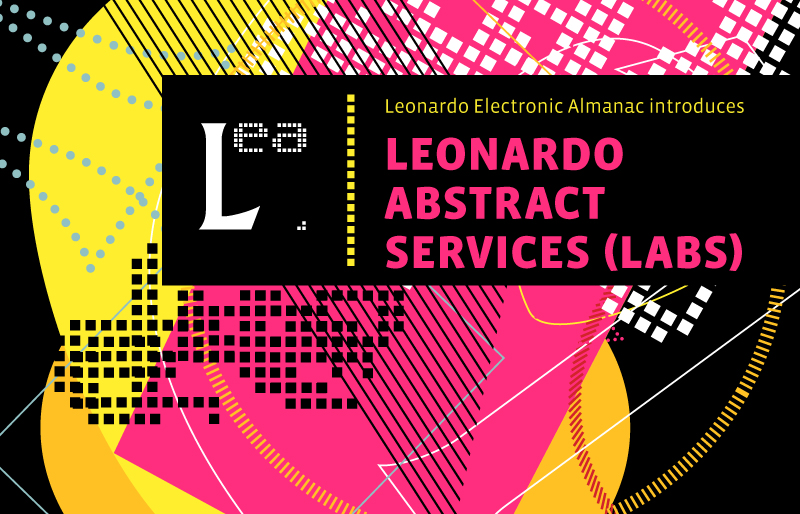
Leonardo Abstract Services (LABS) 2008-2009
The Implicit Body: Understanding Interactive Art through Embodiment, and Embodiment through Interactive Art
This dissertation rethinks critical discourses on interactive and digital art, shifting from the visual to the performed. Rather than situating new media along trajectories of language-, image-, or object-based art, it places emphasis on embodiment, relationality and emergence, providing some of the first in-depth studies of the computer-based participatory installation it addresses. It shows how a combination of interactive artists, new media critics and embodiment theorists have paved the way for a new approach to digital art more broadly, one that recognizes such pieces as ongoing formations, per-formed in the exhibition space, rather than pre-formed by the artist’s hand.
The Implicit Body argues that examining interactive art and embodiment, together, enables an expanded understanding of the two. It puts forward a theoretical approach, as well as a critical framework, for doing so. The hypothesis of this approach contends that present discourses surrounding digital art (as engaged by, for example, Lev Manovich, Oliver Grau and Christiane Paul) have been rooted in paradigms of linguistic and visual signification, and it suggests a reinvestment in the body for engaging the complexities of interactive art. Contemporary theories of embodiment and relationality that have grown out of phenomenology (Mark B.N. Hansen, N. Katherine Hayles and Brian Massumi) see body and world, subject and object, person and people as always already entwined, always already implicated across one another. To proffer an implicit body approach, this dissertation turns to performance studies theory via Rebecca Schneider and Richard Schechner, and phenomenology through Maurice Merleau-Ponty, Jean-Luc Nancy and Nick Crossley. It proposes a framework for examining interactive art that addresses inter-activity and relationality in equal proportion to artist intent and art work description. It then applies this framework to the art of Rafael Lozano-Hemmer, Camille Utterback, Simon Penny, Mathieu Briand, Scott Snibbe, myself and several others, in order to show its effectiveness in furthering our understandings of interactive art and embodiment, as well as what is at stake in the openness of each.
Ultimately, this dissertation contends that contemporary, interactive art is reconfiguring action and perception in ways that amplify bodiliness. It gives one potential mode of thinking through interactivity, and shows its practical application towards furthering the fields of contemporary art criticism, creative production, and public discourse about art and the body more generally.
Degree: PhD
Year: 2009
Pages: 286
University: Trinity College Dublin (University of Dublin)
Supervisor: Linda Doyle
Semail: ledoyle@tcd.ie
Supervisor 2: examiners: Dr Yvonne Scott and Prof Joel Slayton
Language: English
Dept: Electronic and Electrical Engineering
Copyright: Nathaniel Stern
Lang_author: English
Url:
Email: nathaniel.stern@gmail.com
Keywords: Relationality, Embodiment, Interaction, Phenomenology, New Media, Digital Art, Body, Implicit Art, Ontology, Discourse, Corpus
LEONARDO ABSTRACTS SERVICE (LABS) is a comprehensive collection of Ph.D., Masters and MFA thesis abstracts on topics in the emerging intersection between art, science and technology.
If you are interested you can submit your abstract to the English LABS, Spanish LABS, Chinese LABS and French LABS international Peer Review Panels for inclusion in their respective databases. The authors of abstracts most highly ranked by the panel will also be invited to submit an article for consideration for publication in the refereed journal Leonardo.
